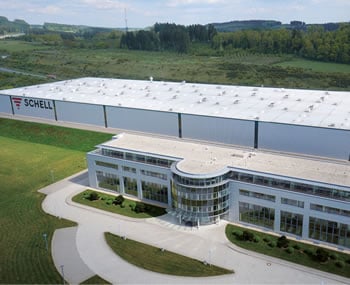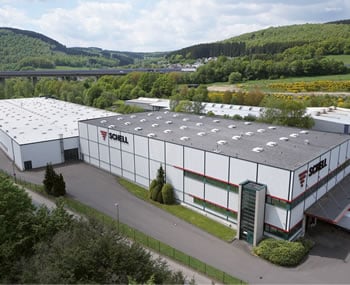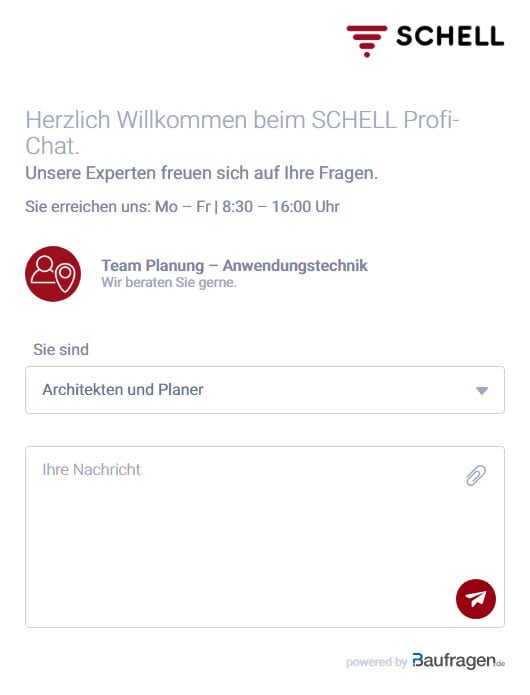SWS Best Cases: SCHELL’s Water Management System SWS has met the challenges of drinking water hygiene in a wide variety of buildings and in many different ways.
6-minute read
Whatever the sanitary challenges in relation to user hygiene and drinking water hygiene within a particular building complex, SCHELL is the solution. From the toughest drinking water standards to economical building operations or modernisation work – SCHELL’s Water Management System SWS provides intelligent answers to even the most complicated issues. Over the next few weeks, our social media channels will therefore be showcasing some hand-picked reference properties – our ‘SWS Best Cases’. These demonstrate how versatile SWS is as a problem-solving solution, from supporting drinking water hygiene or increasing sustainability and the efficiency of building operations to helping out building operators and facility managers. We hope you enjoy reading these inspiring posts, which also contain plenty of practical tips.
In the following post, we provide you with an exclusive preview of the key challenges and solution approaches involved.
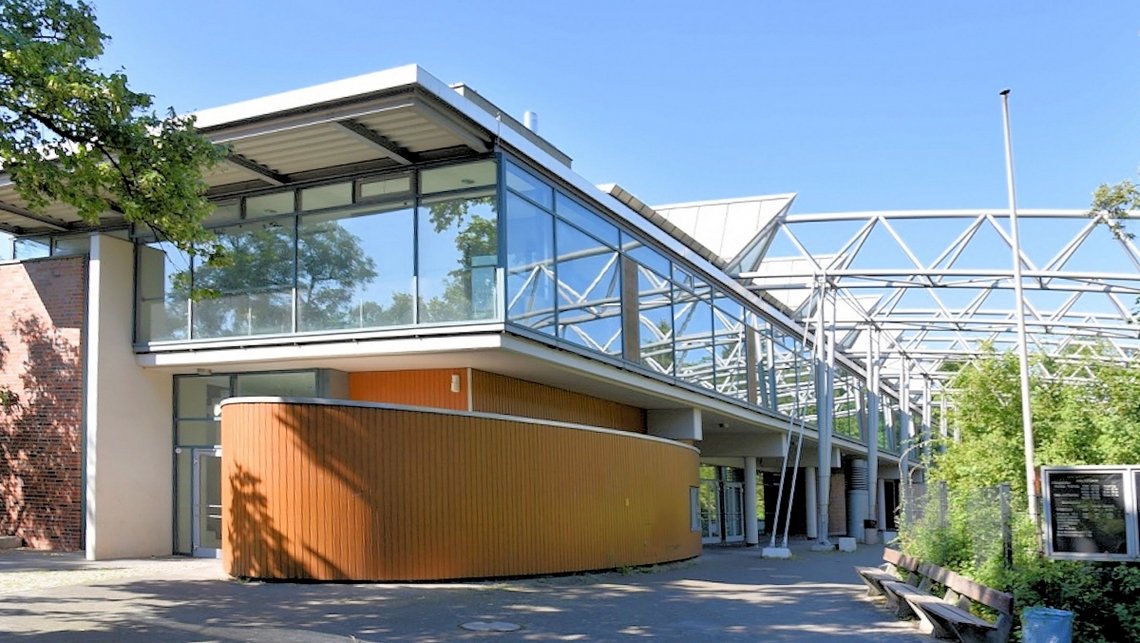
Dreifeldsporthalle, Berlin/Neukölln
The challenge: At this sports centre, outsized pipework cross-sections and a lack of concurrency in usage presented risks to drinking water quality, because operation at full load, as originally planned, was no longer being achieved with regular use.
The solution: The renovation project utilised the Water Management System SWS. Battery-operated electronic SCHELL fittings were installed in the sports centre’s sanitary facilities, including the VITUS VD-C-T shower fitting, which communicates wirelessly with the SWS server. Following this, fittings were then assigned to groups in the system for regular stagnation flushes. The creation of these groups creates the necessary concurrencies. Thanks to the SWS grouping function, specified normal operation can now be simulated. Installing the SCHELL products was also more sustainable when compared with building work involving a lot of chasing out, since fewer resources were needed and less construction waste was produced.
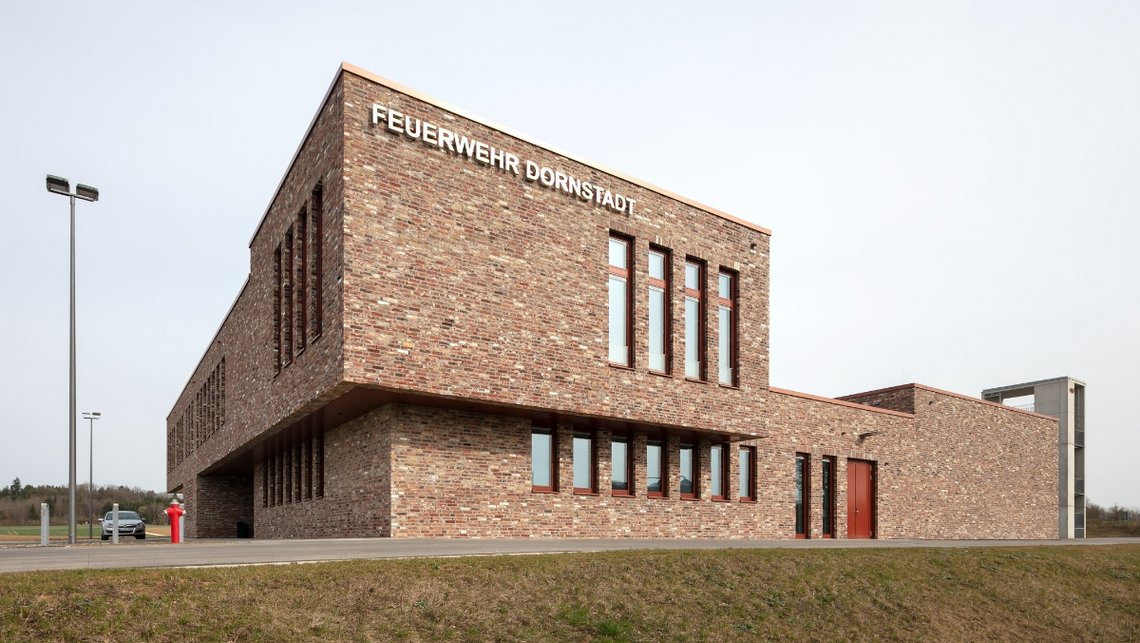
Fire station, Dornstadt
The challenge: Even when in regular use, capacity utilisation at the fire station varies greatly. So the new fire station will be planned and equipped from the outset to ensure that such fluctuations do not cause problems with drinking water hygiene.
The solution: Using the Water Management System SWS ensures that the installation’s specified normal operation can be simulated with automated stagnation flushes even when capacity utilisation is low. With SWS, the installed electronic SCHELL fittings can also be programmed, operated and monitored centrally for this purpose. Fittings like the electronic, contactless PURIS E HD-M wash basin tap, for example, whose timeless, minimalist design offers an impressive level of user comfort in the sanitary facilities at the fire station. The stagnation flushes completed are logged by the Water Management System SWS to provide a record for the building operator. These reports are also easy to analyse and can be optimised as required.
Camping De Betuwe Hoeve, Netherlands
The challenge: Use of the De Betuwe Hoeve campsite is subject to seasonal variations, which can affect drinking water quality. The campsite operators needed better support for maintaining drinking water hygiene, with sustainability being another important aspect.
The solution: Thanks to the Water Management System SWS, the variation in visitor numbers that results from the campsite’s seasonal operation can now be compensated for with automated stagnation flushes. SWS can be used to assign fittings to flush groups. These groups are then triggered simultaneously to create the high flow rates in the piping that are often essential for maintaining drinking water hygiene. This ensures specified normal operation can be simulated even outside the peak holiday season. This automated execution not only saves the operators time but also keeps operations sustainable, since water flows only when it is actually needed. Networked with the SWS server, the SCHELL fittings in the communal kitchen and bathrooms feature contactless operation, which also helps to cut water usage and improve sustainability in comparison with regular single-lever mixers. GRANDIS E HD-M kitchen taps and XERIS E HD-M wash basin taps were used here.
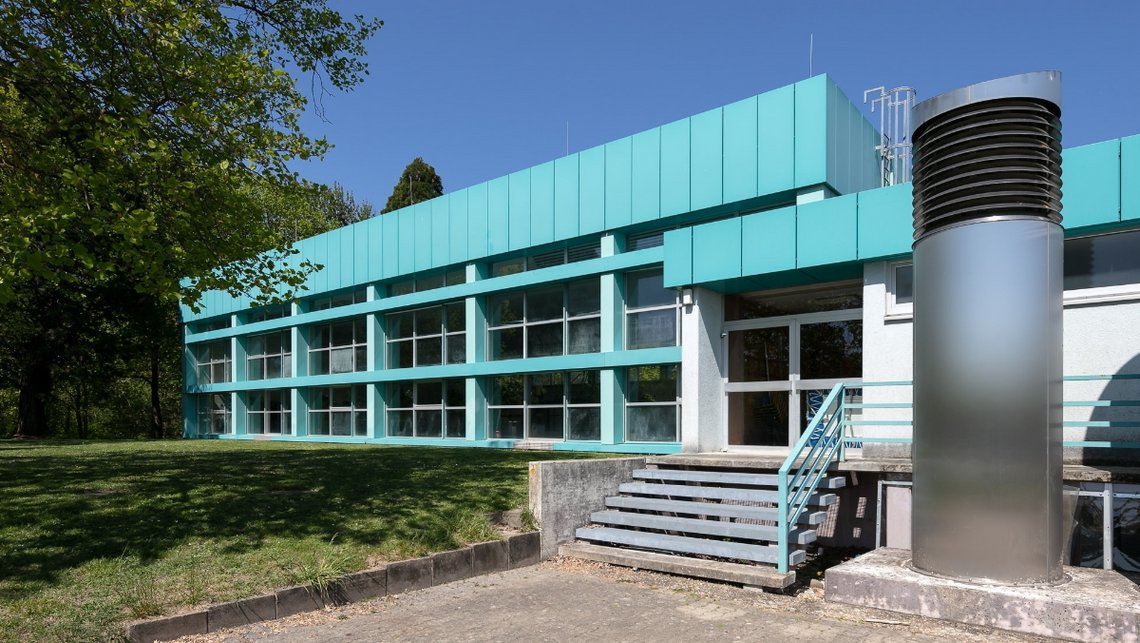
Swimming baths, Rheinmünster
The challenge: Facing permanent closure after contamination with Legionella, these swimming baths had to restore their drinking water quality and maintain it properly into the future.
The solution: By deploying SWS, the specified normal operation of the installation can now be simulated in the baths with automated stagnation flushes. With the help of the new water management system, individual piping sections and shower fittings can now be flushed at a high volume flow rate, which decisively reduces the risk of excessive Legionella growth in the piping. Automation also has the advantage of reducing the need for employees to be present on site and makes maintenance work easier to plan. As a first step, all showers in the baths were equipped with SCHELL electronic LINUS DP-C-T exposed shower panels before being networked with SWS over a wired connection.
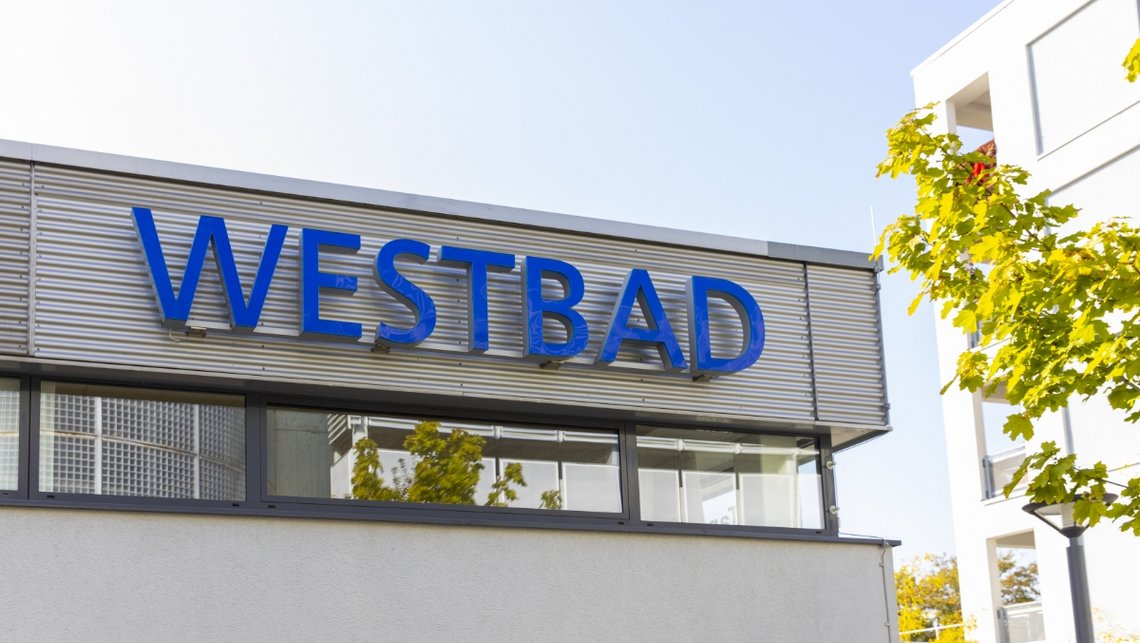
Westbad, Ulm
The challenge: The sanitary facilities at Westbad, built in the 1970s, were to be modernised with the aim of reducing maintenance workloads for personnel while ensuring the automated simulation of specified normal operation. The challenges to drinking water hygiene created by the outdated piping system also needed to be met without requiring any major structural works.
The solution: The old fittings at Westbad were replaced by robust, low-maintenance LINUS Inox DP-C-T stainless steel shower panels. Automated flushes are possible thanks to SWS networking, giving facility management personnel time to concentrate on other important tasks. Installation of the Water Management System SWS ensures that stagnation flushes no longer need to be completed manually every 24 hours, as before, but can be adapted precisely to local circumstances, executed automatically and continuously monitored. The old piping system can also now be flushed at high volume flow rates, which ensures drinking water hygiene can be maintained to the required standards without pipes needing to be replaced.
Vacuumschmelze, Hanau
The challenge: The primary aim of this sanitary facility refit was to achieve an optimum balance between the need to save water and energy, user comfort and drinking water hygiene. The low level of capacity utilisation during annual holidays also needed to be accounted for in relation to drinking water hygiene.
The solution: Installing SWS allowed routine stagnation flushes to be set up: these flushes simulate specified normal operation and therefore help to maintain drinking water quality – which is of particular importance during annual holidays at the facility. Thanks to SWS, installation usage and flushing logs can also be analysed and adjusted accordingly, so as to achieve significant savings in consumption and operating costs. The XERIS E-T electronic wash basin tap, which can be networked with SWS, was installed on all single wash basins. This tap offers a high level of user comfort with its infrared sensor for contactless triggering. Showers and urinals were also equipped with electronic fittings from SCHELL that have also been networked with the SWS server.

![[Translate to English:] [Translate to English:]](/fileadmin/_processed_/1/b/csm_symstemloesungen_e2_thumb_6bca267f26.jpg)
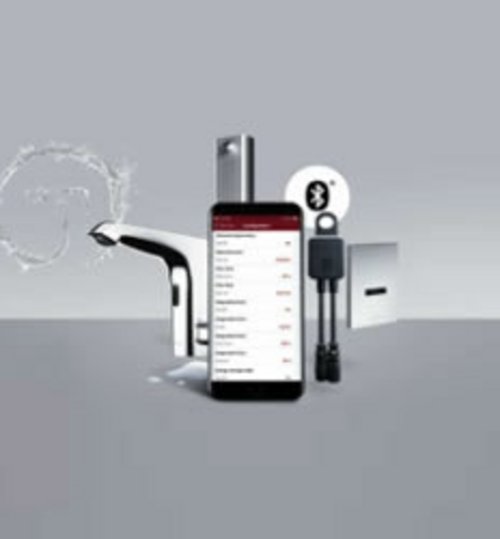
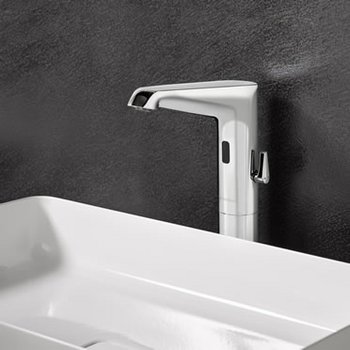
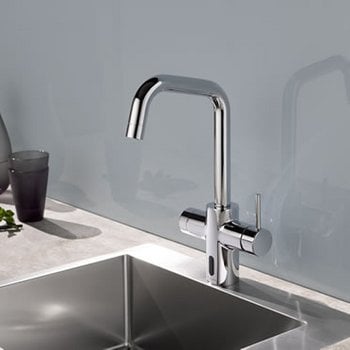
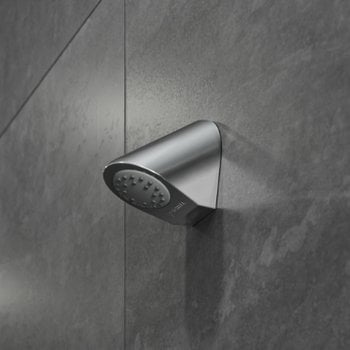
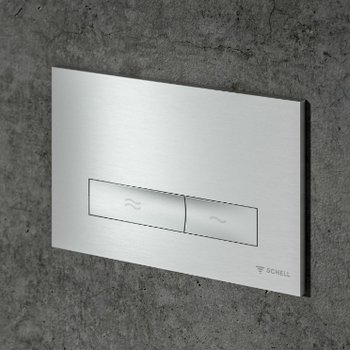
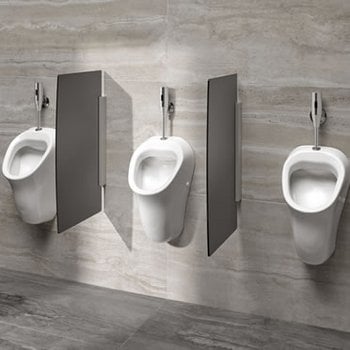
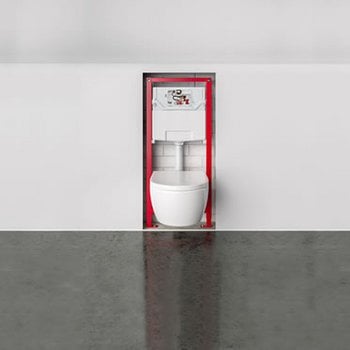
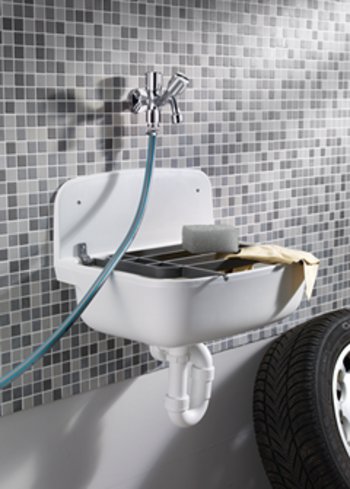
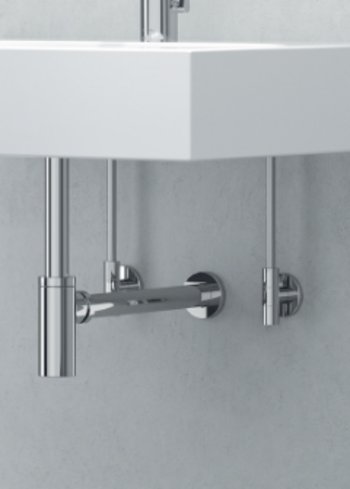
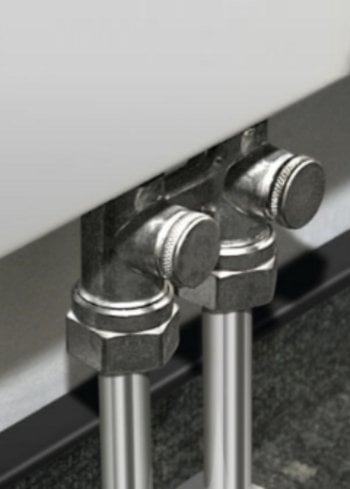
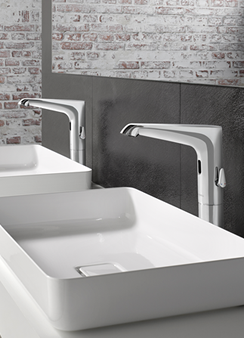
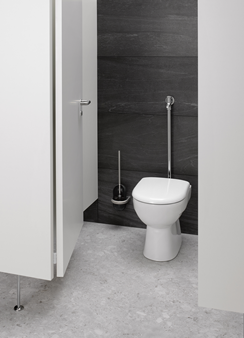
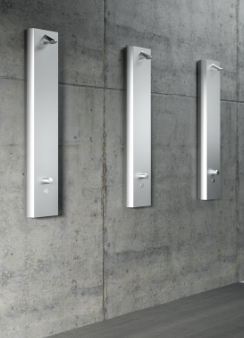

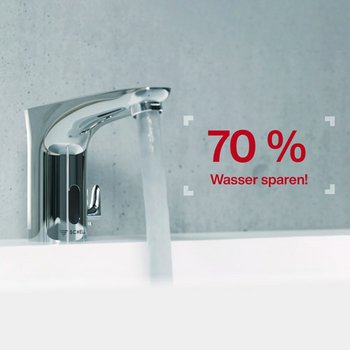
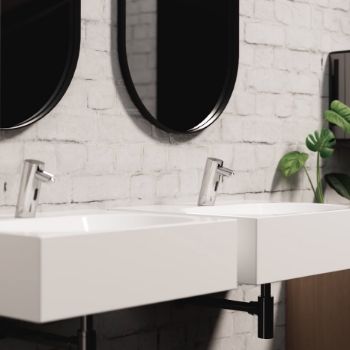

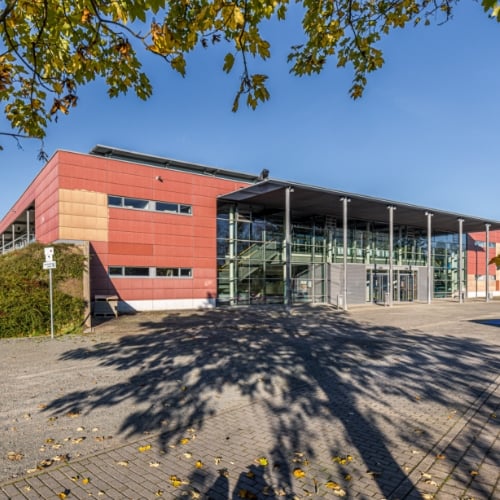
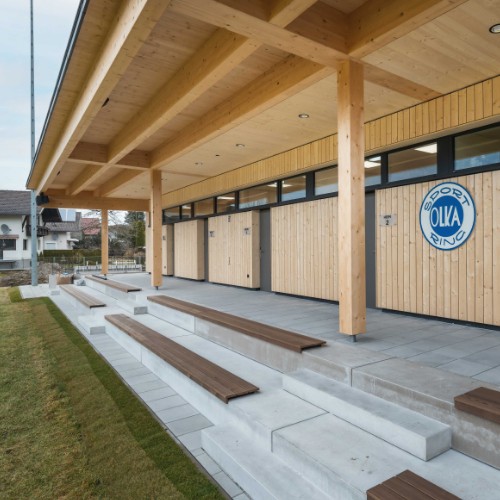
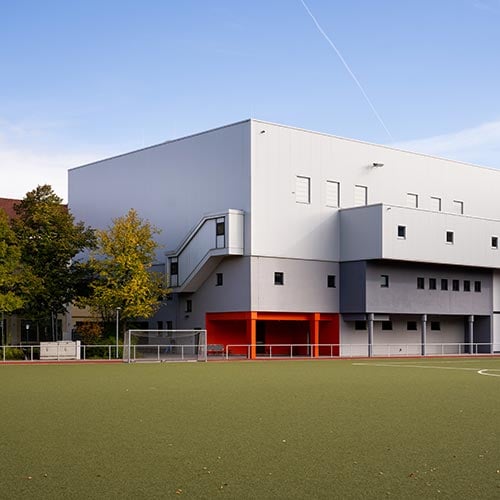
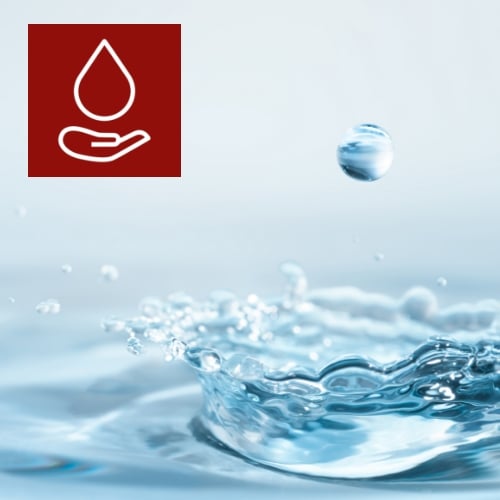
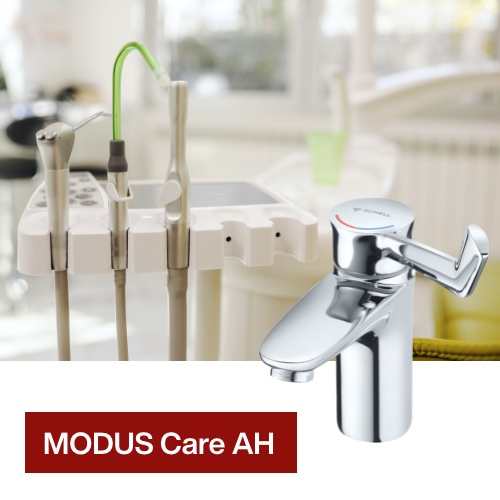
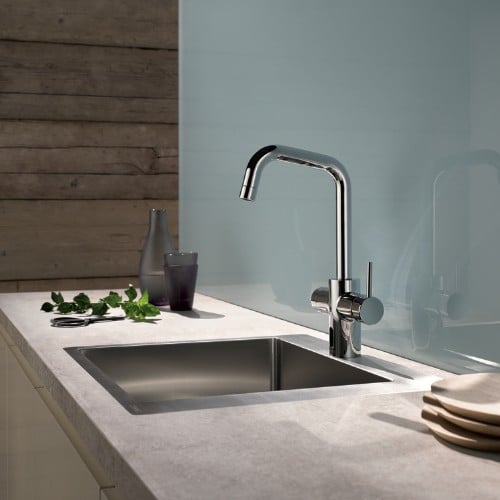
![[Translate to English:] [Translate to English:]](/fileadmin/user_upload/images/menu/menu_service_downloads_broschueren.jpg)
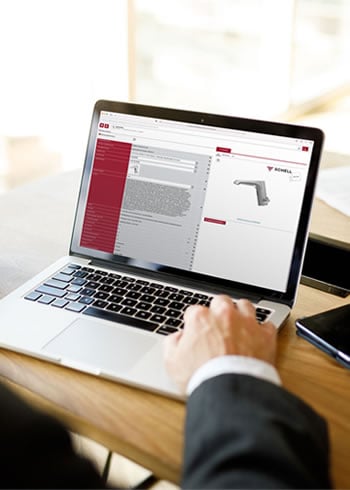
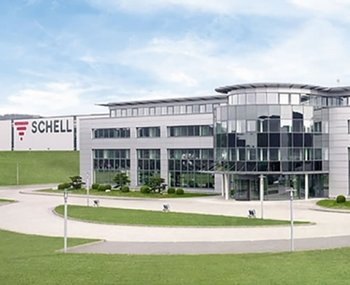


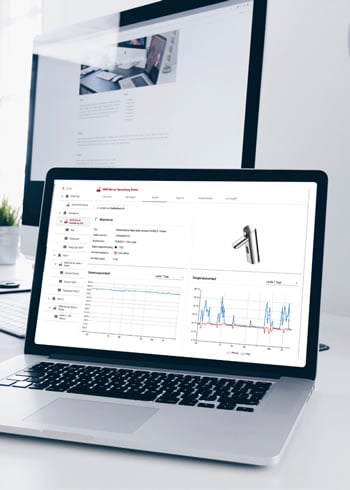
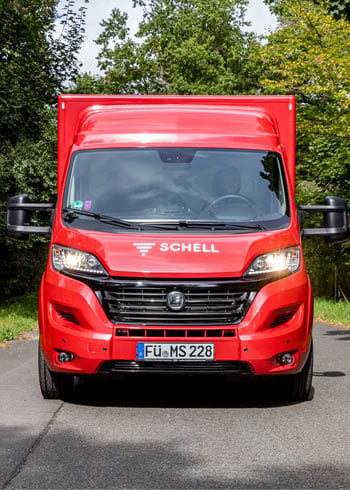
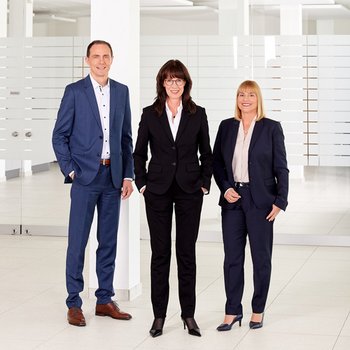
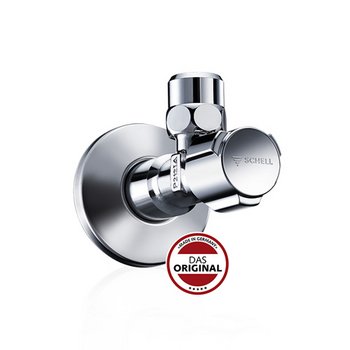
![[Translate to English:] [Translate to English:]](/fileadmin/_processed_/7/7/csm_menu_unternehmen_ueber-schell_awards_f6cec25b1d.jpg)
![[Translate to English:] [Translate to English:]](/fileadmin/_processed_/a/0/csm_menu_unternehmen_ueber-schell_wasser-sparen_41036d2dd9.jpg)


